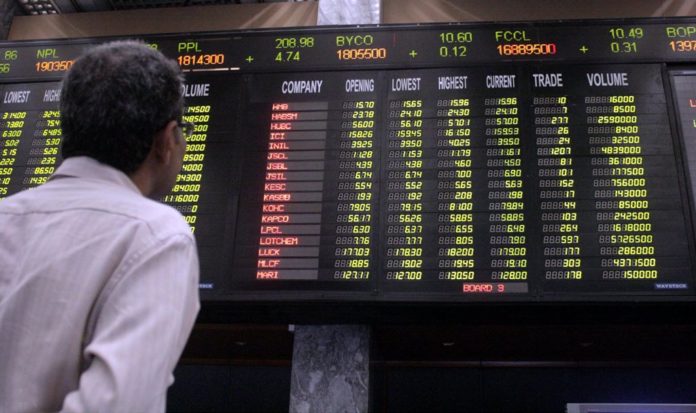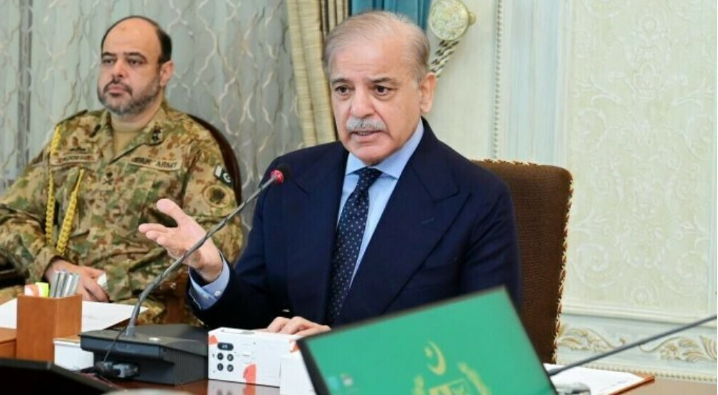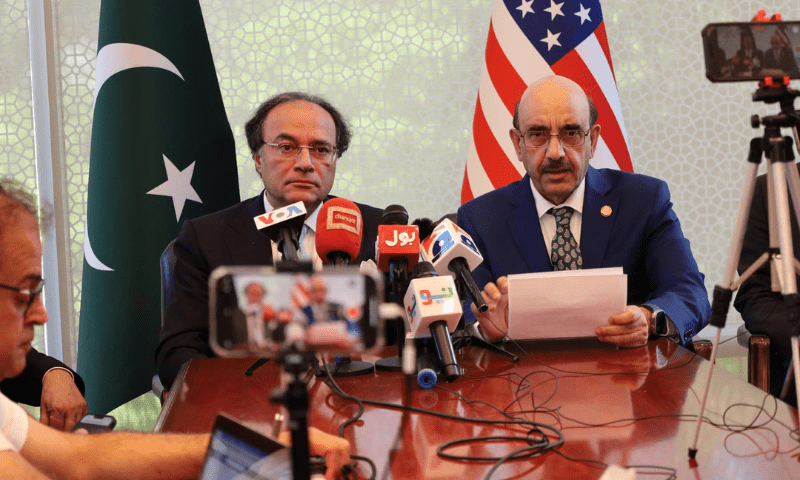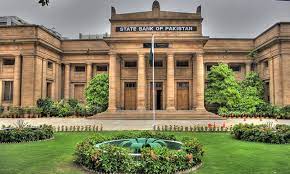Positivity returned to the Pakistan Stock Exchange (PSX) on Tuesday as the benchmark KSE-100 index witnessed a notable recovery. By 1:35pm, the index climbed 304.54 points or 0.26%, reaching 118,525.66. The rebound follows Monday’s sharp dip, reflecting renewed investor confidence across multiple sectors.
This upswing was driven by buying activity in key sectors such as automobile assemblers, oil and gas exploration companies, oil marketing companies (OMCs), power generation, and commercial banking. Major stocks contributing to this rally included index heavyweights like Habib Bank Limited (HBL), Hub Power Company Limited (HUBCO), Meezan Bank Limited (MEBL), National Bank of Pakistan (NBP), Oil and Gas Development Company (OGDC), Pakistan Petroleum Limited (PPL), Pakistan State Oil (PSO), and Sui Northern Gas Pipelines Limited (SNGPL).
The positive shift comes after a turbulent session on Monday, where the KSE-100 plunged 881.55 points or 0.74%, closing at 118,221. This drop was largely attributed to investor concerns over the delay in the federal budget and uncertainty surrounding the International Monetary Fund’s (IMF) approval of the government’s circular debt management plan.
The volatility highlighted the market’s sensitivity to fiscal and monetary policy cues, with budgetary decisions and IMF-backed reforms playing a pivotal role in investor sentiment.
Tuesday’s recovery was particularly evident in sectors that have historically shown resilience. The banking sector, led by HBL, NBP, and MEBL, saw significant trading volumes. The energy sector, including OGDC and PPL, also performed well amid stable international oil prices.
The automobile industry showed signs of strength with auto assembler stocks gaining traction. These gains signal potential optimism regarding consumer demand and reduced cost pressures from currency stabilization.
The global financial environment also played a role in lifting investor morale. International markets showed mixed signals, though some developments in the US and Europe provided reasons for cautious optimism.
In a surprising move, former US President Donald Trump delayed the implementation of a 50% tariff on European Union imports, restoring a July 9 deadline. This U-turn improved sentiment among global investors and led to a rise in US futures.
Nasdaq futures surged by 1.26% in Asian trading, with S&P 500 futures climbing 1.11% and FTSE futures rising 0.94%. However, US and UK equity markets remained closed on Monday due to public holidays, resulting in thin overnight trading volumes.
In Asia, market performance was subdued. Japan’s Nikkei dipped 0.15% and MSCI’s broadest index of Asia-Pacific shares outside Japan declined 0.17%. China’s CSI300 edged down by 0.06%, while the Shanghai Composite remained flat. The Hang Seng Index in Hong Kong slipped by 0.1%.
Bond yields in Japan also trended lower after a recent selloff, which had pushed them to record highs. This easing reflects investor caution ahead of key economic data and central bank commentary in the US.
Market participants will be closely monitoring a series of upcoming events to gauge the trajectory of global and local equities. In the US, all eyes are on the Federal Reserve policymakers’ speeches scheduled this week. Additionally, the core Personal Consumption Expenditures (PCE) price index, a key indicator of inflation, will be released on Friday. These events are expected to provide further clarity on future interest rate moves.
Back home, investors are eagerly awaiting clarity on the budget timeline and updates on negotiations with the IMF. The successful approval of Pakistan’s circular debt management plan and budgetary reforms could significantly boost market confidence.




